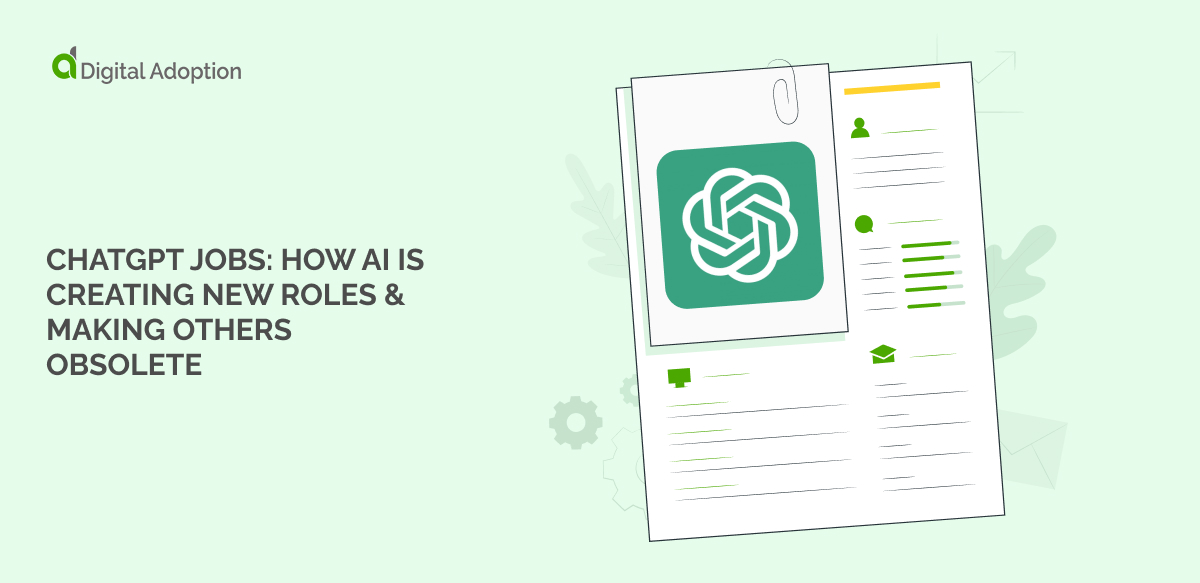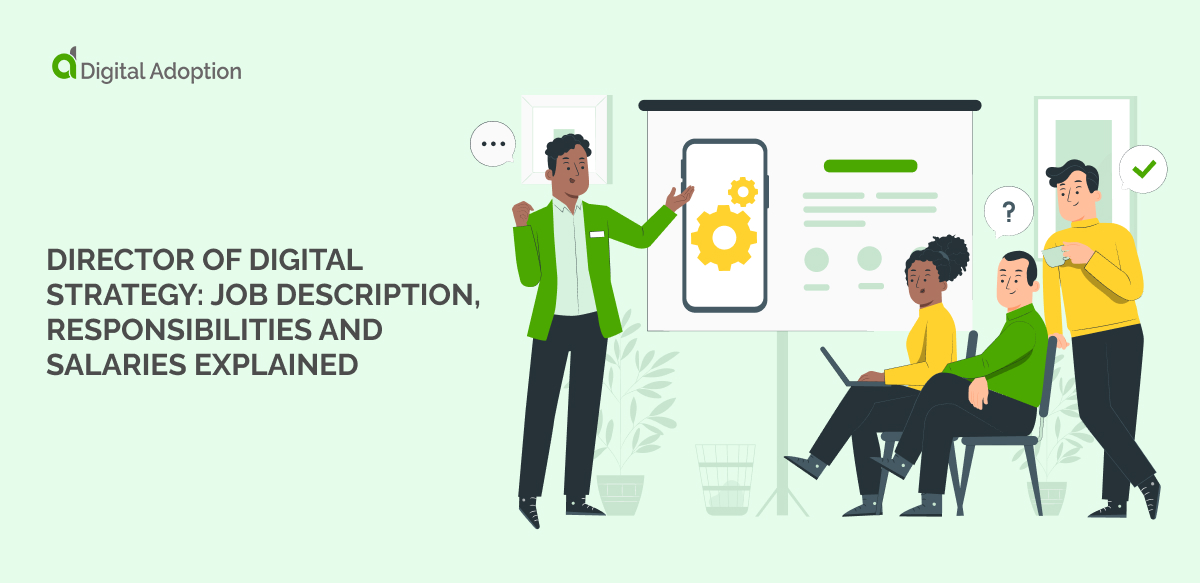Agile organizations can implement strategies more quickly, react to marketplace changes in less time, and perform better in the marketplace.
Digital innovation and disruption have been driving change in the economy for years, if not decades.
Thanks to the introduction of digital technologies, innovative businesses have been able to deliver new forms of customer value, upset industries, and amass great fortunes in the process.
Another consequence of this revolution, however, is that the business landscape continues to evolve at a record pace.
In this dynamic and ever-changing business environment, old business models simply cannot keep up. An organization that uses traditional business models can easily deliver projects or products that are obsolete by the time they are complete.
This will be even more true during the “next normal” – that is, after COVID-19 – since the pandemic has only accelerated change and volatility.
Below, we’ll learn a few strategies that can help organizations become more agile, which will become crucial for success in the next normal.
Agile Organizations: A Digital-First Playbook for the Next Normal
COVID-19 has fueled digital transformation and growth in a number of industries, particularly those that can minimize health risk and help organizations stay productive.
Digital adoption platforms, remote working tools, cloud computing, and automation platforms are just a few of many examples.
As a result, certain technological fields will see outsized growth, resulting in an economy that is more digital than many people expect.
Digital transformation and adoption, therefore, should be prioritized.
Also, and just as importantly, the post-COVID business landscape will likely be volatile, uncertain, and continually changing.
In such a dynamic and fast-paced environment, agile organizations will be the most resilient and the most profitable.
Below, we’ll look at a few key strategies that can improve organizational agility and digital maturity.
Employee Training
Organizational agility depends on workforce agility, so they should be provided with the proper skills and knowledge they need to succeed.
Workplace training, some argue, can be avoided by hiring candidates who already have the proper skills.
This is true, but only to an extent.
Today’s digital workplace is complex and continually changing – not only can it be difficult and time-consuming to find properly skilled candidates, digital transformation and adoption programs can make skills irrelevant.
Agile organizations should instead focus on enabling rapid change through an employee training program, which can:
- Improve employees’ ability to adapt to new digital tools and workflows
- Help improve both employee and customer experiences
- Boost the results and timelines of digital transformation initiatives
- Cultivate a culture that is open to learning and change
It is important to note that traditional approaches to training are typically less effective and less scalable than more modern approaches.
Digital adoption platforms, for example, offer skills-based training directly inside software, without the need for human intervention.
Adoption
The full adoption of new technology can deliver countless advantages to a business.
Here are just a few examples:
- Data and analytics can offer increased insight wherever they are applied, which can, in turn, improve decision-making capabilities
- Enterprise-grade sales platforms can improve sales employees’ productivity, the customer experience, sales numbers, and more
- Automation platforms can perform repetitive tasks without human intervention, which can, in turn, raise efficiency, lower costs, reduce error rates, and free up employees’ time for more valuable activities
Reaping these rewards, however, depends a great deal on how new technology is implemented.
If new tools are implemented without an adoption and training program, for instance, employees’ performance can easily suffer.
Not only can this result in poor software ROI, it can ultimately hinder efforts that rely on digital savviness, such as digital transformation and organizational change.
To mitigate these risks, business leaders should build an adoption strategy that focuses on making use of technology to its fullest extent.
Namely, it is important to:
- Streamline the product adoption process for employees, from onboarding to long-term training
- Optimize workflows and the workplace to take advantage of new tools’ capabilities
- Cultivate a corporate culture that is digital-friendly, data-driven, and pro-learning
- Create an adoption program that is goal-oriented, structured, measurable, and formal
These types of strategies can help build a workforce that is more digitally savvy and adaptable – both of which are essential for organizational agility in the digital age.
Change
Transformation, on the one hand, represents the goal of organizational agility: agile organizations should be able to implement organizational changes quickly and efficiently.
On the other hand, organizations that are not yet agile must change in order to become agile.
For this reason, it is important to implement a dedicated change management function.
Enterprise change management – the business unit devoted to coordinating organizational changes – can significantly improve organizational change efforts.
For instance, with the right change management, organizations will be able to:
- Implement organizational changes on time, effectively, and with less risk
- Reduce common barriers to change, such as employee resistance
- Pivot more quickly and respond more decisively when circumstances warrant
- Maintain business continuity during disruptions that affect operations
Since the coming years will be characterized by constant change, forward-thinking companies would do well to invest in change management. Those that do will stand a much better chance of succeeding and leading in the next normal.













